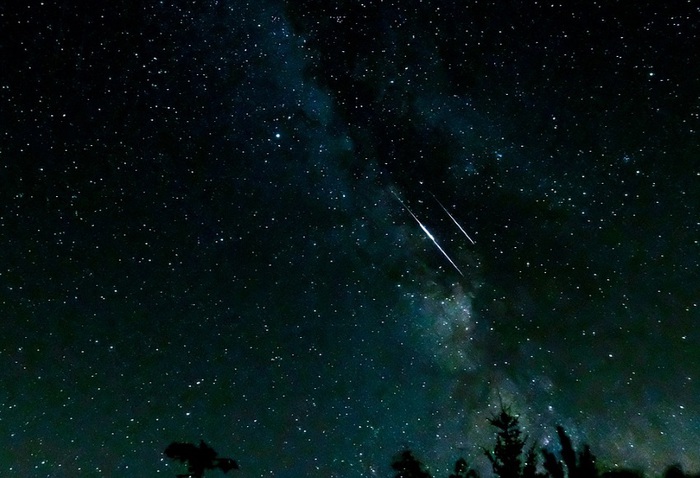The giants of the Solar System, Jupiter and Saturn, still show in the August sky, especially in the first half, waiting to leave the field free for one of the most anticipated astronomical shows of the year: the shooting stars in summer. The peak of the Perseid swarm is expected in the night between 12 and 13 August and amateurs from all over Italy are already organizing events.
The entry of the month is greeted by the meeting between the Moon and Jupiter, notes the Italian Amateur Astronomers Union (Uai). “In the night between 1st and 2nd August the Moon, now almost full, approaches Jupiter until it reaches the conjunction with the planet. Jupiter and Saturn - still remark the UAI amateurs - are still visible in optimal conditions, in the constellation of Sagittarius. Jupiter, in particular, is the brightest object in the evening sky: we can observe it in the South-East after sunset, and set during the last hours of the night. Mars, on the other hand, rises before midnight and we can identify it in the Pisces constellation. Finally, Venus - amateurs conclude - is observable in the hours preceding the rising of the Sun, and is about to reach the period of maximum morning observability ".
Many initiatives organized to observe the Perseids. The most famous is 'Nights of the stars', combined as usual with "Calici di Stelle", the food and wine event promoted on August 10 by the Wine Tourism Movement and by the National City of Wine Association.
"The event with the appropriate precautions related to the pandemic - observes the Uai - wants to bring the public closer, through conferences, projections in the planetariums and observations to telescopes, to the knowledge of the phenomenon of shooting stars, which also this year promise an unmissable show .
The swarm of the Perseids, amateurs continue, “is active for many days, although the maximum is expected for the nights between 11 and 12 and between 12 and 13 August. On the night of 10 in fact - they specify - the point on the celestial vault from which the meteors appear, the so-called Perseids radiant, at the beginning of the evening it is still very low in the sky and a high percentage of light trails is invisible, because it they head for an area of sky that is still below the horizon. Only in the second part of the night - emphasize the experts of the UAI - the constellation of Perseus, from which the name of the swarm derives, rises on the sky and the number of visible meteors increases. Furthermore, the lunar disturbance will be reduced, since the Moon will be in the last quarter phase ”.



